BMW has built a variety of great engines, from muscular V8s to rabid I4s. Here we cover each, from the early days to today.
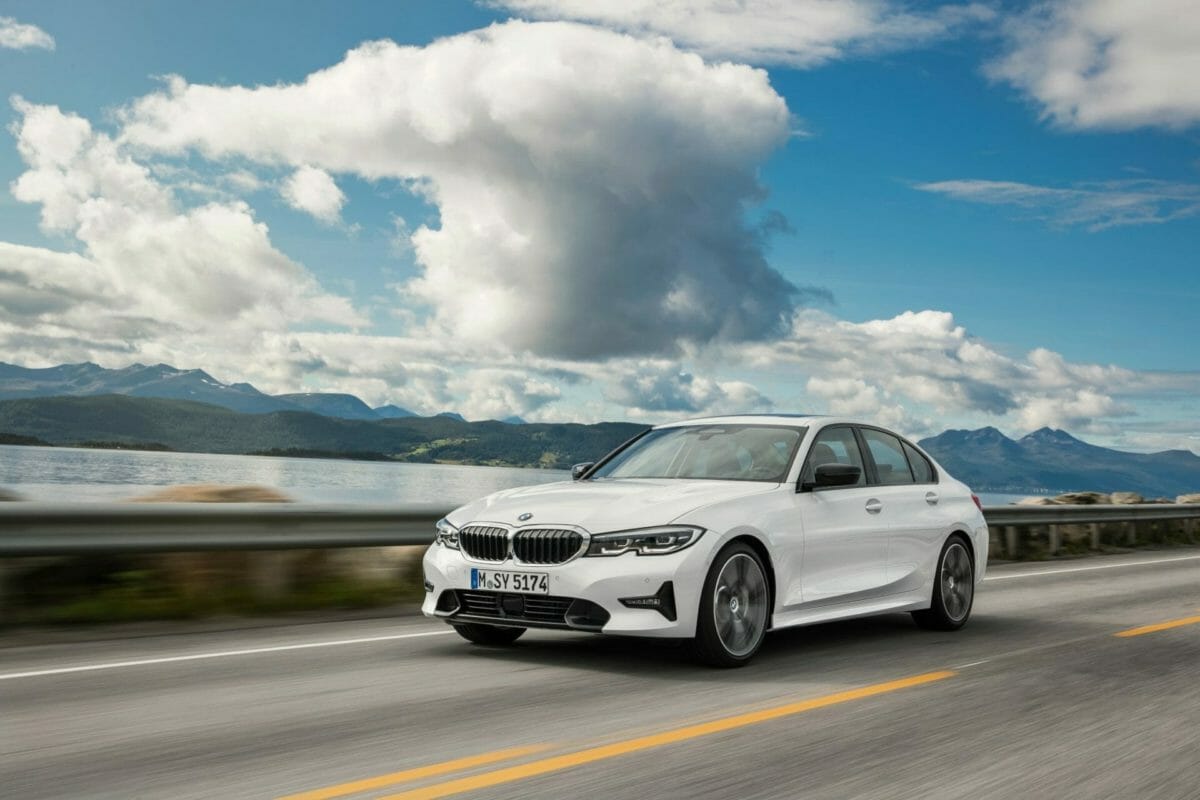
BMW started life in 1917 as an aircraft engine manufacturer. What began as Rapp-Motorenwerke became Bayerische Motoren Werke or BMW. It all happened virtually overnight when the German government ordered several hundred of the company’s first engine, the IIIa.
Revolutionary at the time, the 19.0L engine was designed to operate better above 10,000 feet than at sea level. Planes equipped with the IIIa could operate at altitudes their pilots couldn’t.
That wasn’t the real advantage of the IIIa, however. The inline six-cylinder was nearly vibration-free and one of the first engines that didn’t rip apart the wood and canvas airplanes at high rpm.
In 1933, BMW launched the model 303, which was the first car to not only wear the company’s signature twin-kidney grilles, but also the first to use an inline six-cylinder engine under the hood.
The 1.2L over-head valve I6, dubbed M78, was developed from BMW’s I4 using the same bore and stroke. Although a higher performance successor would come along just three years later, the M78 stayed in production from 1933 all the way until 1950.
BMW continued development of automotive engines until the outbreak of WWII. Since most of BMW’s efforts at that time were relegated to building machines for military use, most of its equipment was either dismantled or completely destroyed at the end of the war.
After a few years of using its expertise and facilities for building recovery items, BMW built its first postwar vehicle in 1948, the R24 motorcycle. It wouldn’t return to building cars until 1952.
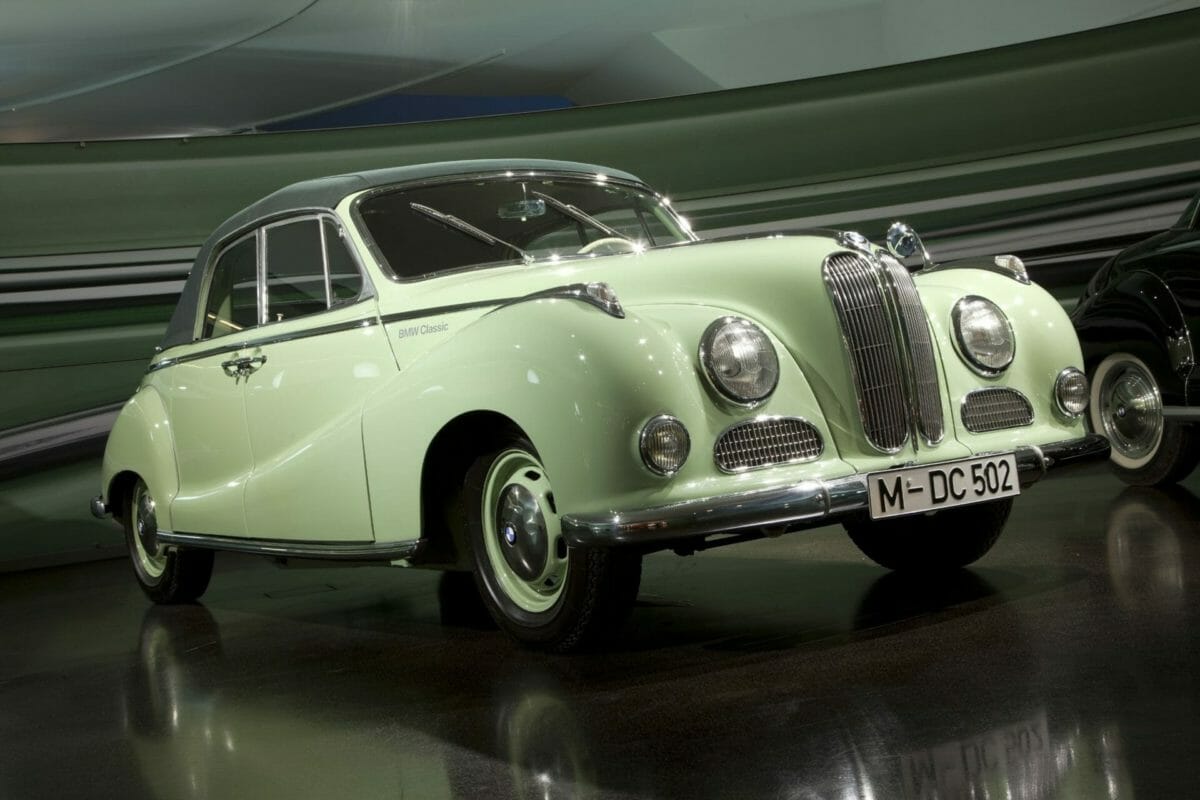
BMW Engines Thrive in Postwar World
The 1952 BMW 501 sedan was capable of carrying 6 adults in relative comfort. It was of course powered by an M337 I6, a direct descendant of the M78.
It is worth noting, the now famous, higher-performance 502 sedan was basically a 501 with a larger engine and was the first German postwar production car to use a V8. Both the 501 and M337 ended production in 1958.
The 501 and its platform-mates were, at best, a moderate success. Cars like the now collectible 507 roadster were considered failures at the time. By 1959 BMW was facing financial trouble and focused on smaller economy cars.
The shift to smaller cars meant smaller engines. That doesn’t mean the cars were undesirable; there were some pretty decent four-cylinders built in this time. The 1.5L M10, for instance, helped launch BMW into the modern age with the Neu-Classe sedan and would stay in production until the late 1980s.
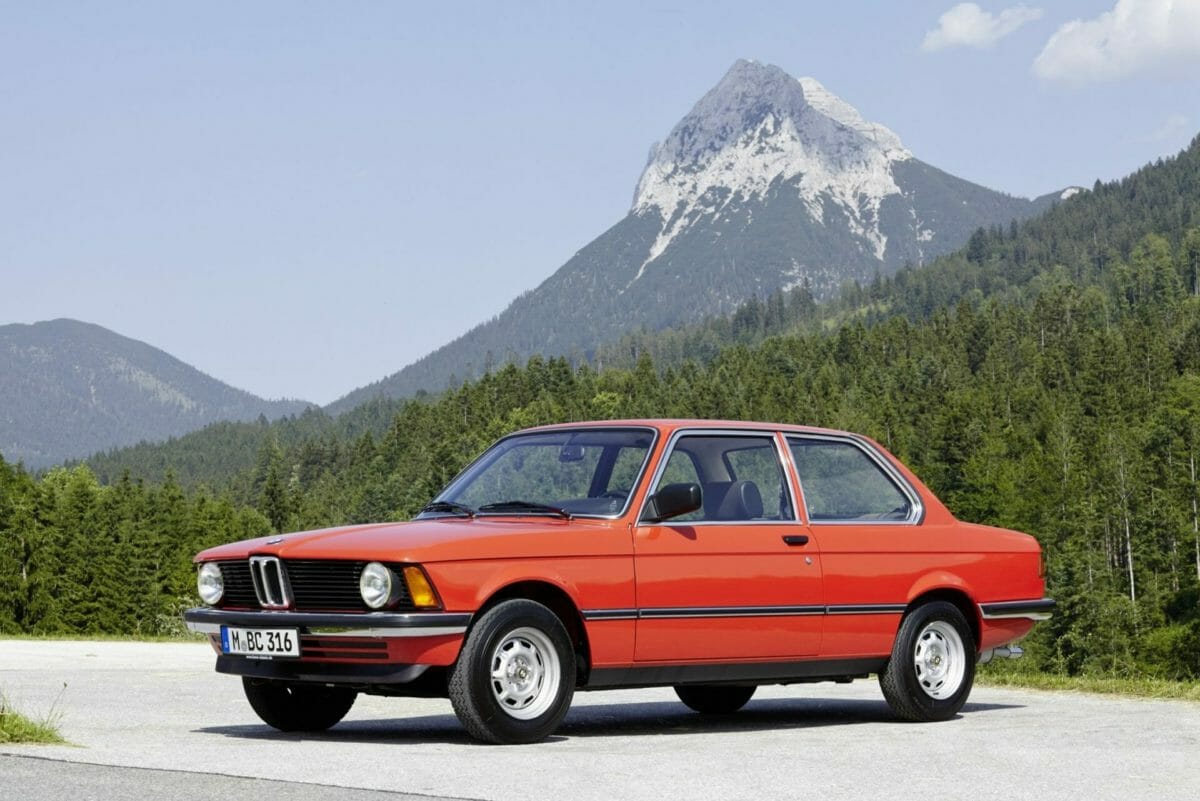
BMW Inline-six: 1968 Debut
The debut of a new inline six-cylinder would wait until the M30 in 1968, debuting in the 2500 and 2800 sedans. It uses an iron block with a crossflow aluminum head. This is the engine that made BMW what it is today.
Versions of this engine were in everything from bread and butter sedans like the E12, E28, and E34 5-series, but also cars like the legendary 3.0 CSL. The M30 engine is even a relative of the M88, the powerplant sitting behind the driver in the legendary M1.
Over the 27-year production run, it ranged in displacement from 2.5L all the way up to 3.4L and produced 148 hp all the way up to 215 hp in the M30B34. Over almost three decades, it would see constant evolution. The first versions of the M30s used Solex Carburetors, while later versions either Bosche Jetronic or Motronic fuel injection.
In the early 1980s, the M30 would provide the basis for BMW’s first turbocharged I6 engine, the M102, for the E23 745i sedan. The 3.2L engine, produced from 1980-1982, was rated at 252 hp.
In late 1982, displacement was increased to 3.4L and designated the M106. Although power remained the same, it delivered more low-end torque.
In 1977 BMW released a smaller version of the M30, the M20, which was used in cars like the E21 3-series and later the E30 3-series. The single overhead cam engine debuted as a 2.0L with later versions as large as 2.7L.
The M20 was designed to be lighter and more efficient than the larger M30, it also used a timing belt instead of a chain, the bore-spacing was decreased making the engine shorter overall front to back, and BMW even built a low-revving ultra-efficient version for the 325e.
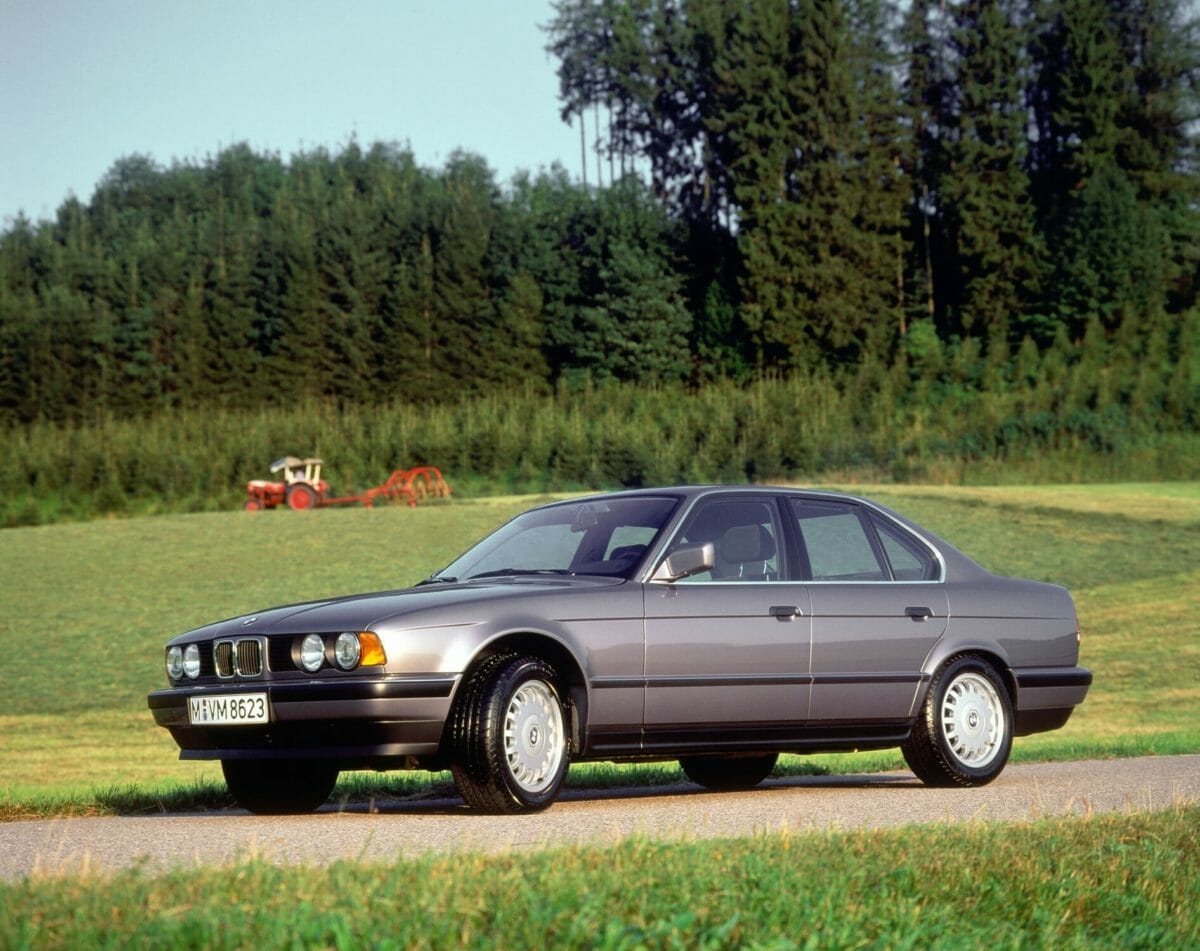
BMW: Powering into the 1990s
Both the M20 and M30 would be replaced by the double overhead cam, 24-valve, M50 I6 starting in 1990. The smaller 2.0L version of the M50 made its debut in the 1990 E34 5-series. The following year, the 2.5L was released in the new E36 325i and 325is. The 2.0L version of the new engine made the same amount of horsepower as the outgoing 2.5L.
Most of the attention is given to the 24-valve DOHC head, but it also featured a more advanced ignition system employing a coil-on-plug system, giving a more powerful spark, and an integrated knock sensor allowing for optimized ignition timing.
By 1992, both the 2.0L and 2.5L engines were upgraded with BMW’s Single VANOS system, which used an adjustable cam sprocket to change cam timing. These are referred to as TU engines, for Technical updates.
The first VANOS system was only used on the Intake cam and had just two positions. At lower rpm, the engine’s valves opened later to use less fuel and run smoother.
At higher rpms, the valves opened sooner to allow for better cylinder filling to create more torque. The higher the engine’s rpm, the faster the piston is moving, meaning there is less time for the intake stroke to pull in air and fuel.
While the M50 is a fantastic engine, it led to an enthusiast favorite in the second generation of M3, the S50 I6. The first generation of M3, based on the E30 3-series, used a zingy four-cylinder engine with very little low-end torque.
Drivers had to constantly utilize the second half of the tachometer if they wanted any sort of performance. The E30 M3 is fantastic when you’re really driving the car, but having to stay above 4,000 rpm to keep up with traffic gets old in daily commuting.
For the E36 M3, BMW still wanted an engine that would happily scream to redline on command, but also offered enough grunt to chug around the bigger, heavier E36 in traffic. The S50 used an iron block and aluminum 24-valve head just like the M50. North America didn’t get the same S50 as the rest of the world.
Most notably, the rest of the world had an S50 with individual throttle bodies, which made for rapid throttle response. In North America, the S50 used a single throttle body like the M50 but used a revised head with single VANOS, different pistons, rods, and crankshaft.
In 1996, North American M3s received an even torquier 3.2L S52, while the rest of the world’s M3s used the S50B32 with Double VANOS and a glorious 316hp.
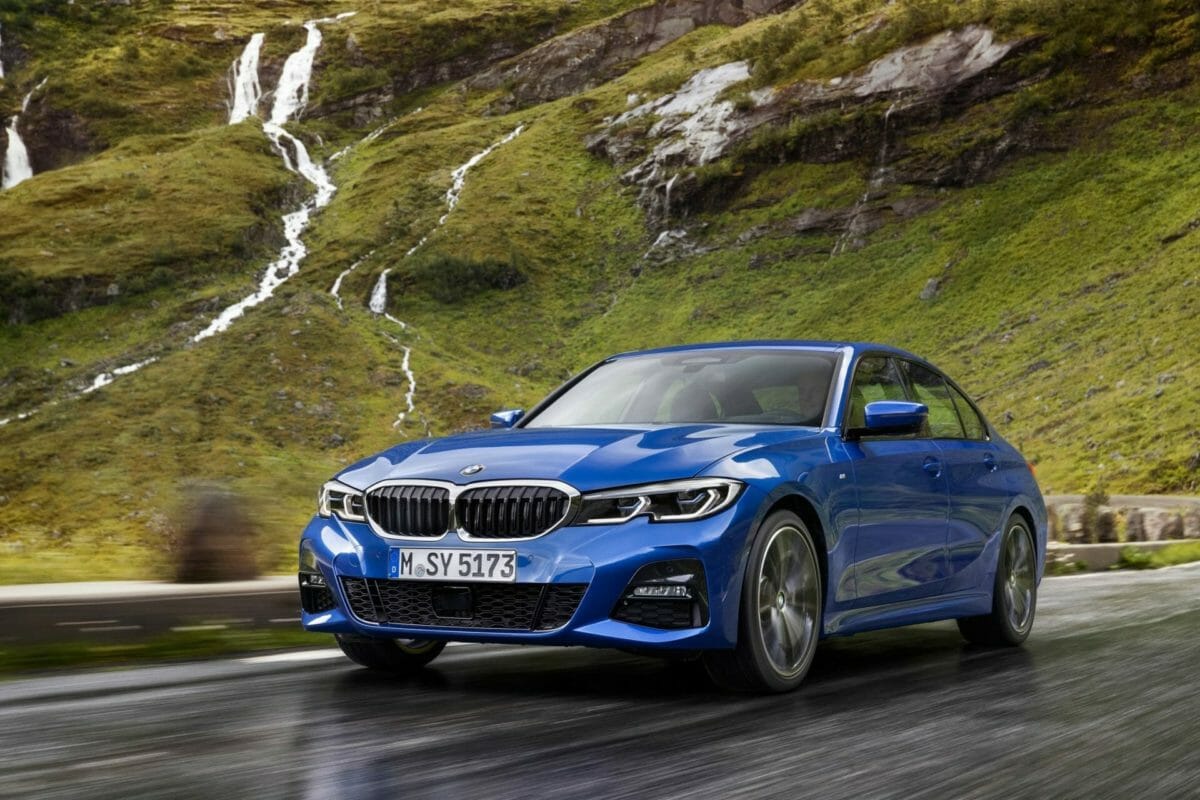
BMW Debuts M54 Engine
Moving into the 2000s brought another new engine, the M54. This time, the big advancement was a move to an aluminum block with iron cylinder-liners and Double-VANOS. Displacement ranged from 2.2L to 3.0L. The third generation of M3 received the S54, which was more of an evolution of the S50 and still used an iron block.
This time, the North American market used an engine very similar to the rest of the world, including individual throttle bodies. The M3’s engine redlined at a remarkable 8,000 rpm and produced 333 hp.
The M54 was relatively short-lived as its replacement, the N52 arrived in 2004 with the introduction of the E90 3-series. This new engine was a big leap in technology in multiple ways.
First, the engine block is a composite of magnesium and aluminum. An Aluminum frame was cast first, which then had a magnesium shell cast around it; it was the first water-cooled engine ever to use this technology.
Also, besides the use of Double-VANOS for valve timing, it employed BMW’s Valvetronic for variable valve lift. It also switched over to an electric water pump and even a variable rate oil pump all in the name of efficiency.
With more competition coming from both Mercedes and Audi, the third generation of M3 had to step its performance game and BMW decided an I6 just wouldn’t cut it anymore.
The E90 M3 roared onto the scene with a V8 to go head-to-head with the similarly V8-powered RS4 and C63 AMG. It seemed to be the end of an era, but it was also short-lived.
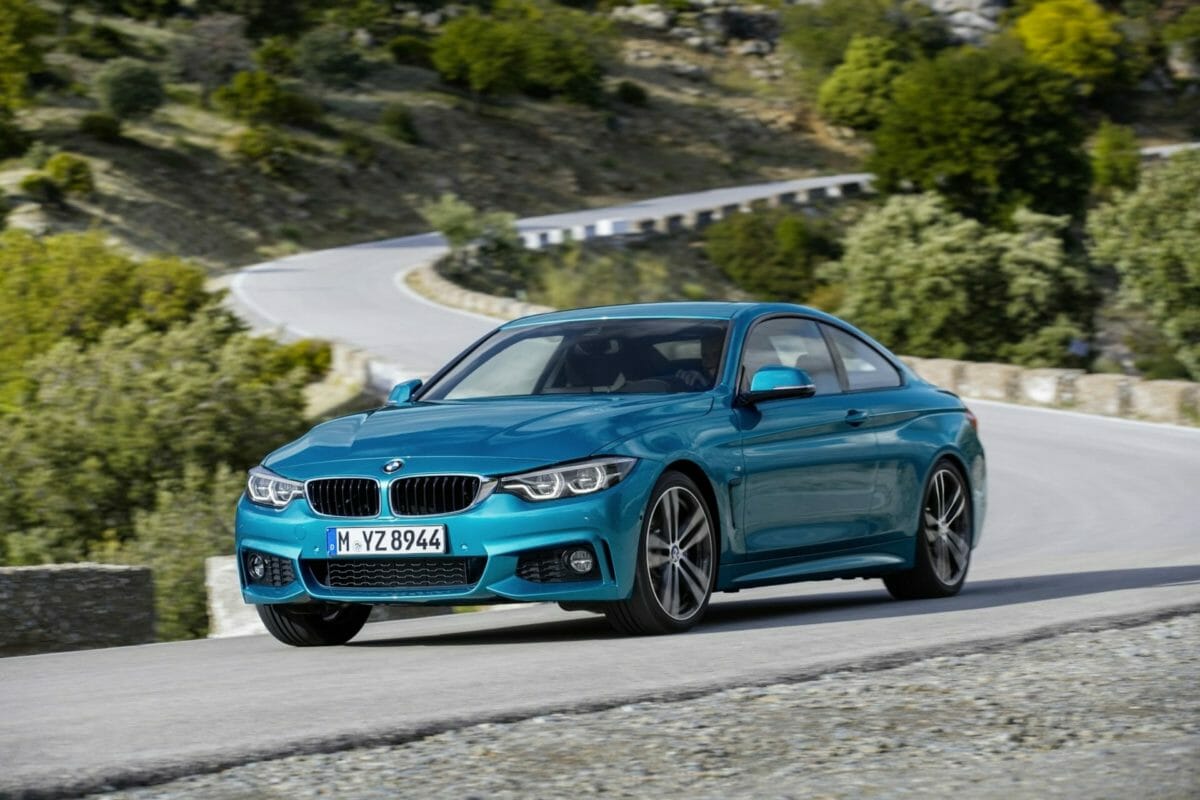
End of BMW’s Inline Six-cylinder Era
The year 2006 signaled the end of BMW’s naturally aspirated inline six-cylinder era. The N54 is a twin-turbo, direct-injection 3.0L I6 which debuted in the E90 335i.
From the very first drive, it was obvious to journalists the power and efficiency of the N54 would make BMW’s naturally aspirated engines obsolete – at least on paper.
While the low-end torque and fuel economy couldn’t be matched, driving enthusiasts quickly realized the instantaneous and linear throttle response that characterized BMW’s engines, was going to be a thing of the past. The future was certainly faster and almost as certainly, not better.
While the naturally aspirated I6 carried on in base model 3-series until 2010, the quest for fuel efficiency led BMW to replace it with the N20, a turbocharged four-cylinder. Most 3-series would never notice a difference. Enthusiasts, however, missed the smooth-revving and responsive I-6.
The F80 M3 and M4, the two-door models are now designated 4-series, debuted in 2014 to mixed critical reviews. They were by far the fastest M3/4s ever, but all the finesse was pushed out in favor of all-or-nothing power delivery.
The latest generation of M3/4, the G80 has once again embraced turbocharging and even higher power numbers and performance, but still without the character and charm of earlier cars.
The next iteration of M-cars will almost certainly be hybrids. Hopefully, using an electric motor to help cover up the lag in modern forced induction engines will help bring back the instantaneous throttle response, but things will never really be the same.
Are BMW Inline Six-cylinder Engines Reliable?
It’s an old cliché, “the more stuff you add, the more there is to go wrong.” But, as someone once told me, “things become cliché for a reason.” This is certainly true with BMW’s I6.
The early engines, read all the way up to the mid-90s, were simple and straightforward. They were built to be stout. Even if run all day on the Autobahn or even the racetrack, they remained reliable, even if more sensitive than most cars to routine maintenance.
Once BMW started adding complexity, systems like VANOS and Valvetronic, that’s when we start to see problems creep into normal everyday operation.
Many enthusiasts have actually removed the VANOS systems from early cars and will lock the cams in the high-rpm setting. This gives up smooth idling and some fuel efficiency but adds dependably when the car is driven hard regularly.
The S50, S52, and S54 in the E36 and E46 all had some small problems with things like water pumps, vacuum leaks, and mass airflow sensors, but these have been identified long ago and for the most part, fixes are available with either factory updated parts or through the aftermarket.
Some E46 S54s had rod-bearing problems, but if you aren’t buying an extremely low-mile museum piece, these will likely have been addressed.
Like with all high-performance engines, the importance of regular maintenance can’t be stressed enough. If you aren’t comfortable working on the car yourself, it will be a lifesaver to form a relationship with a local BMW specialist – seriously, you will spend more time with them than you do your dentist.
Also, if you are thinking about buying an older BMW, or even a brand new one, join the BMW Car Club of America. Having access to the collected knowledge of BMW fans and experts from around the country will make the ownership experience exponentially better and easier.
Photos: BMW
